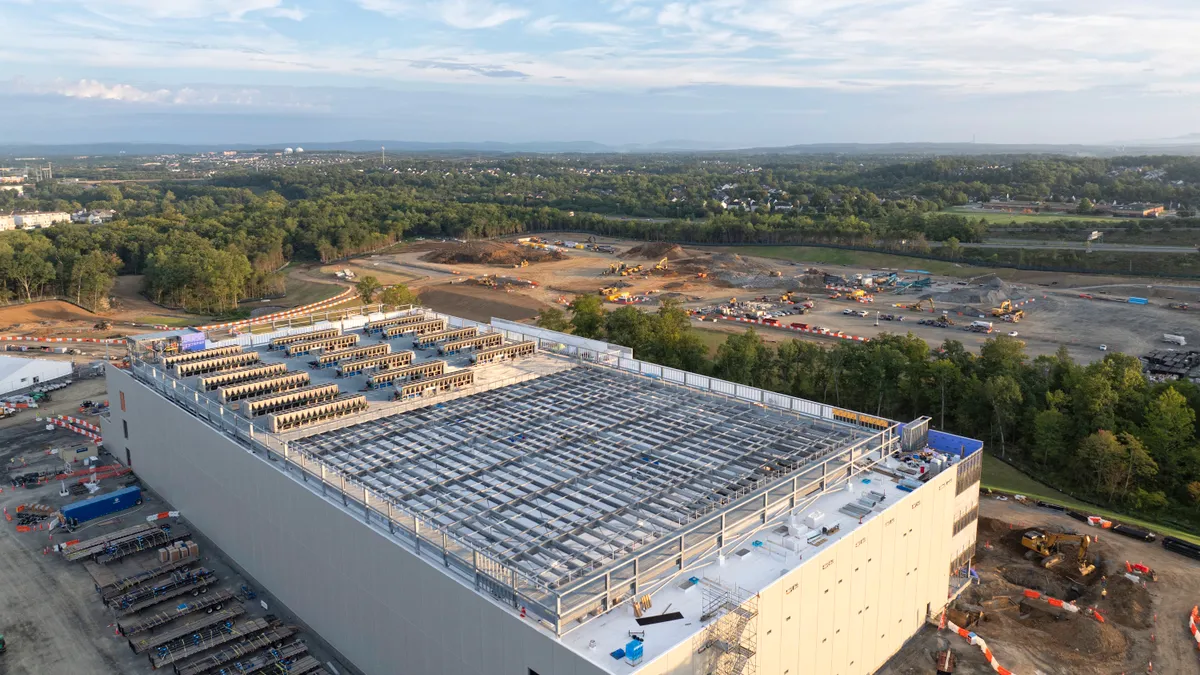US Savings and the AI Boom: Navigating the Peak
US household savings fuel an AI investment boom, raising concerns about sustainability as the market nears its peak.

US Savings and the AI Boom: Navigating the Peak
A surge in US household savings is pouring fresh capital into the artificial intelligence sector, amplifying an already historic investment boom just as analysts warn that the AI market may be approaching its peak. Over the past year, AI-related expenditures—spanning semiconductors, data centers, and power infrastructure—have accounted for an estimated 40% of US GDP growth, a staggering figure given that AI still represents only a small fraction of total economic output. This flood of money, fueled in part by a wealth effect from soaring stock prices and high household equity exposure, has become a key driver of both market gains and economic activity. But as valuations stretch and project failure rates climb, questions are mounting about sustainability, systemic risk, and what happens if the AI craze cools.
The Savings Surge and Market Dynamics
US households, buoyed by a historic bull market and a rebound in savings rates post-pandemic, now hold equities at levels even exceeding the dot-com era peak—31% of household assets compared to 27% in the late 1990s. This wealth effect has been especially pronounced among affluent households, whose spending has helped prop up consumer demand even as broader economic growth shows signs of slowing. At the same time, the Federal Reserve’s recent pivot to rate cuts—trimming the federal funds rate to 4.00%–4.25% in September 2025—has further encouraged risk-taking and investment in high-growth sectors like AI.
The result is a self-reinforcing cycle:
- As AI stocks rise, household wealth grows.
- Consumer spending increases.
- Companies ramp up capital expenditures—especially in AI infrastructure.
This has led to a construction boom in data centers, a surge in demand for advanced chips, and a hiring spree in tech and related industries. The feedback loop has been a powerful engine of growth, but it also raises the stakes: if AI valuations falter, the wealth effect could reverse, consumer spending could retreat, and the economic benefits of the AI boom could evaporate quickly.
Valuations, Risks, and the Dot-Com Comparison
Market valuations have entered expensive territory, with the Shiller Cyclically Adjusted Price-to-Earnings (CAPE) ratio for US large-cap stocks nearing pandemic-era highs, though still below the extremes of the dot-com bubble. The average price-to-earnings ratio for the top 10 tech, media, and telecom stocks is 31x, compared to 41x at the height of the dot-com mania in December 1999. While this suggests some moderation in investor exuberance, the concentration of market gains in a handful of AI-driven firms has drawn inevitable comparisons to past bubbles.
Goldman Sachs research notes that long-term earnings growth expectations, as implied by market pricing, remain below the peaks of 2021 and the dot-com era, indicating that expectations may not be as stretched as in previous cycles. However, the sheer scale of investment—and the lack of clear profitability for many AI infrastructure projects—has raised concerns about systemic risk. Billions are being locked into AI data centers with uncertain paths to profitability, leaving the economy increasingly dependent on a few large corporations that have yet to demonstrate they can turn this compute power into sustainable earnings.
Project Failures and the Reality Behind the Hype
Despite the hype, the track record for AI projects in 2025 is sobering: 42% of companies have scrapped most of their AI initiatives, and only 5% of pilots have achieved rapid revenue acceleration. This high failure rate underscores the gap between aspiration and execution, and it raises questions about whether current levels of investment are justified. The risk is that, as savings and speculative capital flow into AI, the sector could become overextended, with a potential reckoning if promised returns fail to materialize.
Geopolitical Stakes and the “AGI First” Strategy
The AI investment boom is not just a financial phenomenon—it is also a geopolitical gambit. There is a bipartisan consensus in the US that maintaining leadership in generative AI and artificial general intelligence (AGI) is critical to national security and economic dominance, particularly in competition with China. Silicon Valley, Wall Street, and policymakers are all doubling down on an “AGI First” strategy, betting that the first mover in advanced AI will secure a lasting advantage.
However, this strategy carries significant risks. The US industrial base remains dependent on global supply chains, including those in potential adversary states, and the concentration of AI investment in a few firms could create vulnerabilities if the technology fails to deliver or if geopolitical tensions disrupt access to critical components. Prominent observers, including former Google CEO Eric Schmidt, have warned about the costs and risks of overcommitting to an unproven technological frontier.
Context and Implications
The current phase of the AI investment cycle is marked by both extraordinary opportunity and heightened risk. On one hand, AI is driving real economic growth, creating jobs, and fostering innovation across industries. On the other, the scale of investment—supercharged by household savings, low interest rates, and geopolitical ambition—has created a feedback loop that could magnify losses if sentiment shifts.
Investors and policymakers face a delicate balancing act. The transformative potential of AI justifies significant investment, but the concentration of capital in a narrow set of technologies and firms increases systemic risk. The high rate of project failures suggests that, for many companies, the road to AI-driven profitability will be longer and more difficult than expected. Meanwhile, the geopolitical imperative to lead in AI adds another layer of complexity, as national ambitions could amplify both the boom and the potential bust.
Looking Ahead
As the AI investment cycle matures, the key question is whether the sector can transition from a phase of exuberant speculation to one of sustainable, profitable growth. For now, US savings and supportive monetary policy continue to fuel the fire, but the fundamentals—profitability, project success rates, and geopolitical stability—will ultimately determine whether this boom becomes a lasting transformation or a cautionary tale.



